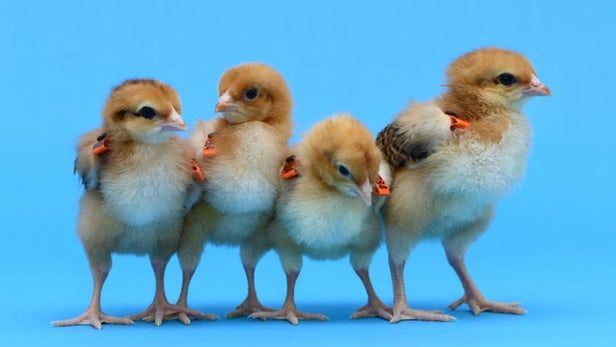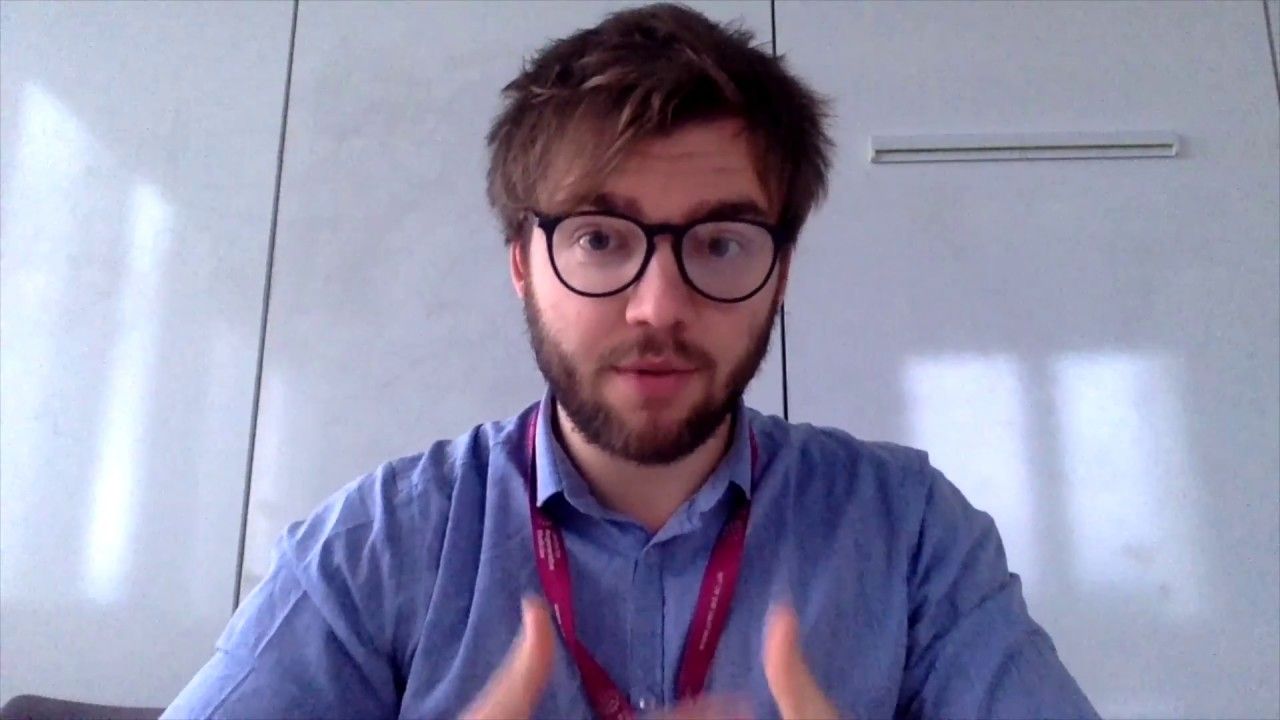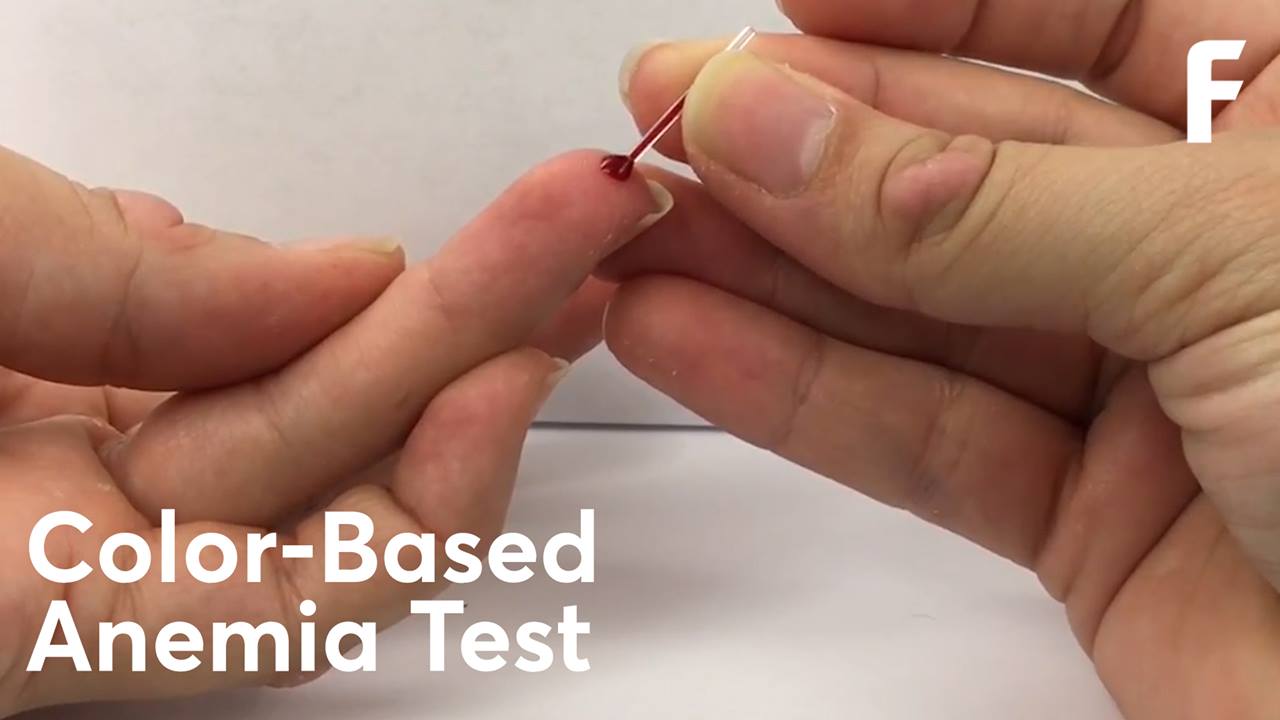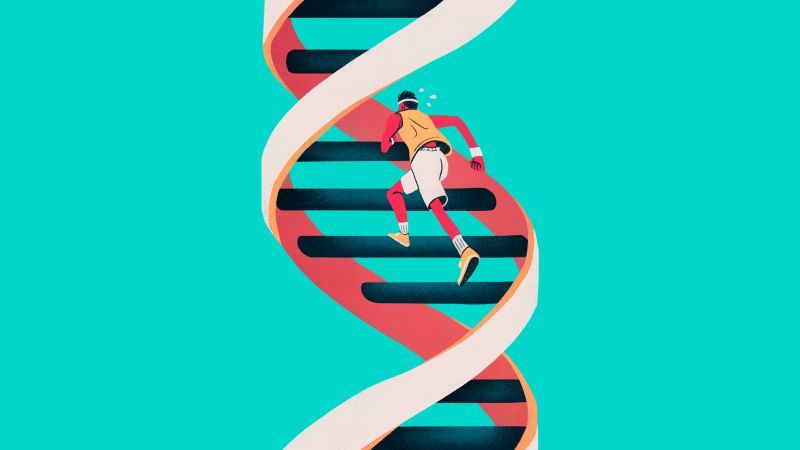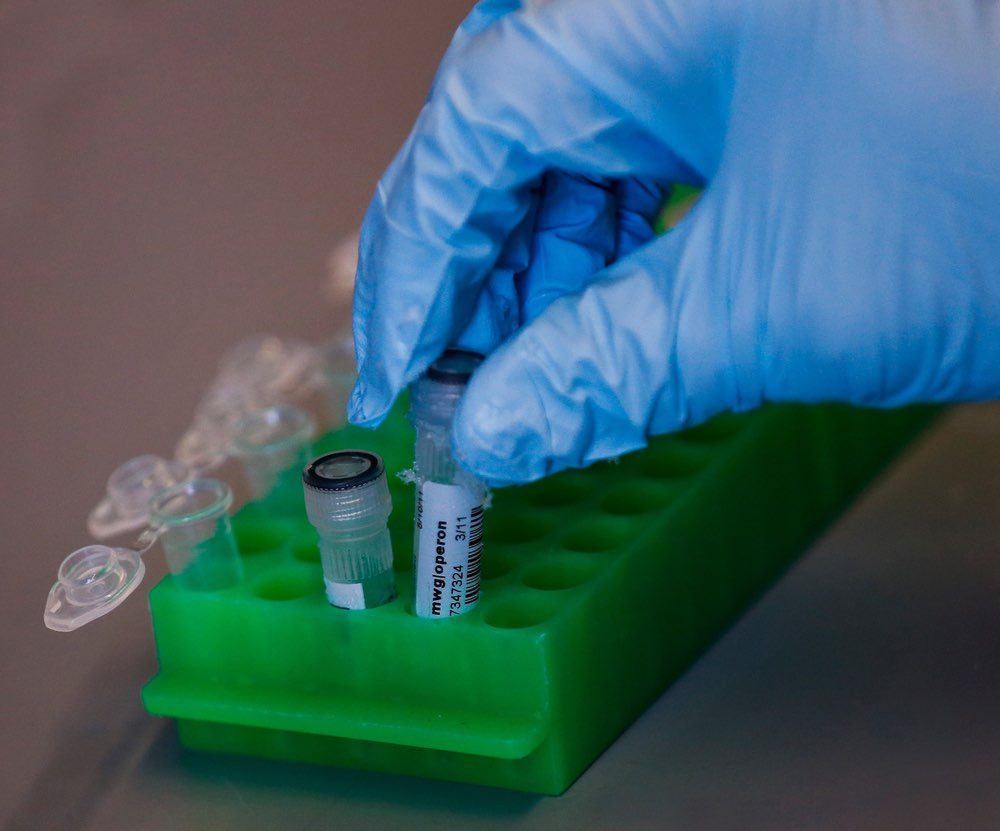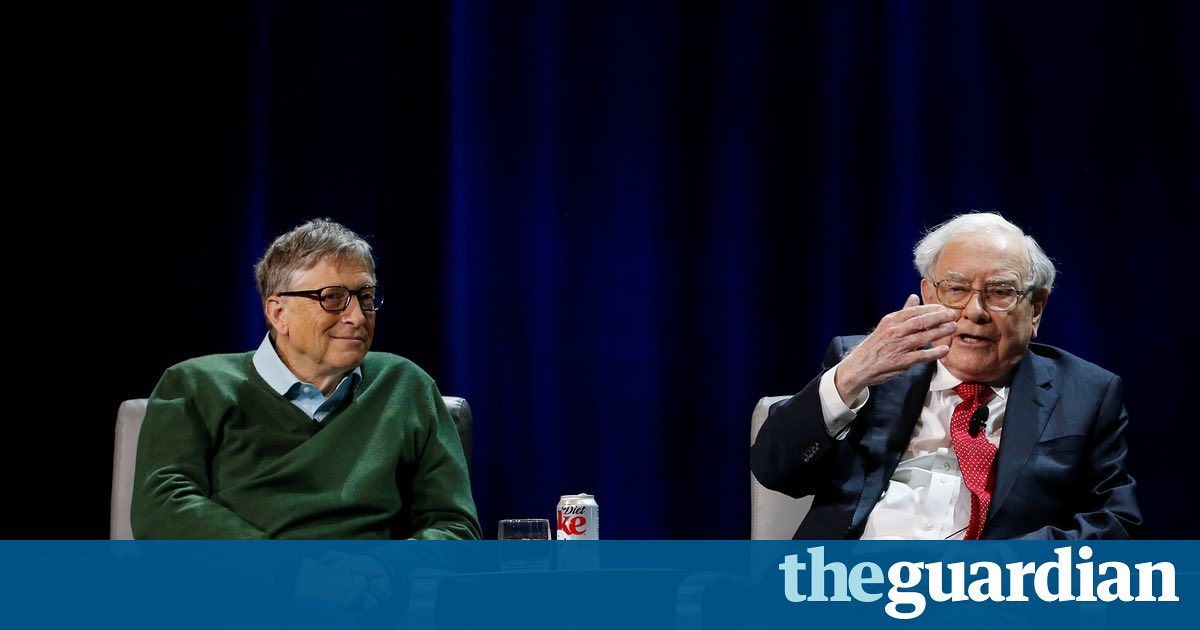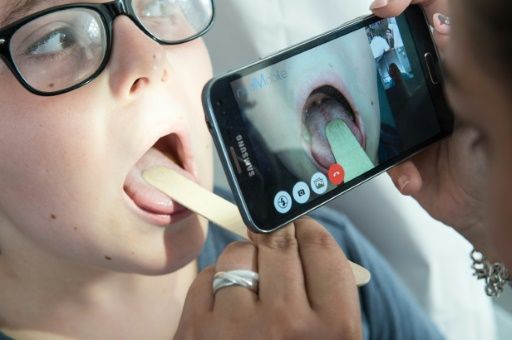Feb 21, 2017
The record lifespan of 122 years could be surpassed via innovative medicine
Posted by Steve Hill in categories: biotech/medical, life extension, neuroscience
We celebrate her birthday and life but what fun is there to living so long when aging takes its toll? Science is aiming to do better, find out how here!
Today, February 21, is the birthday of Jeanne Louise Calment – the oldest verified human being ever, who managed to live an amazing 122 years and 164 days!
Jeanne was an independent and positive person, and she managed to live all alone until aged 110. After a fire in her apartment she moved into a nursing home, but even there she was still able to take care of herself. However, shortly before her 115th birthday she fell down a stairway and never fully recovered her ability to walk.
Continue reading “The record lifespan of 122 years could be surpassed via innovative medicine” »

